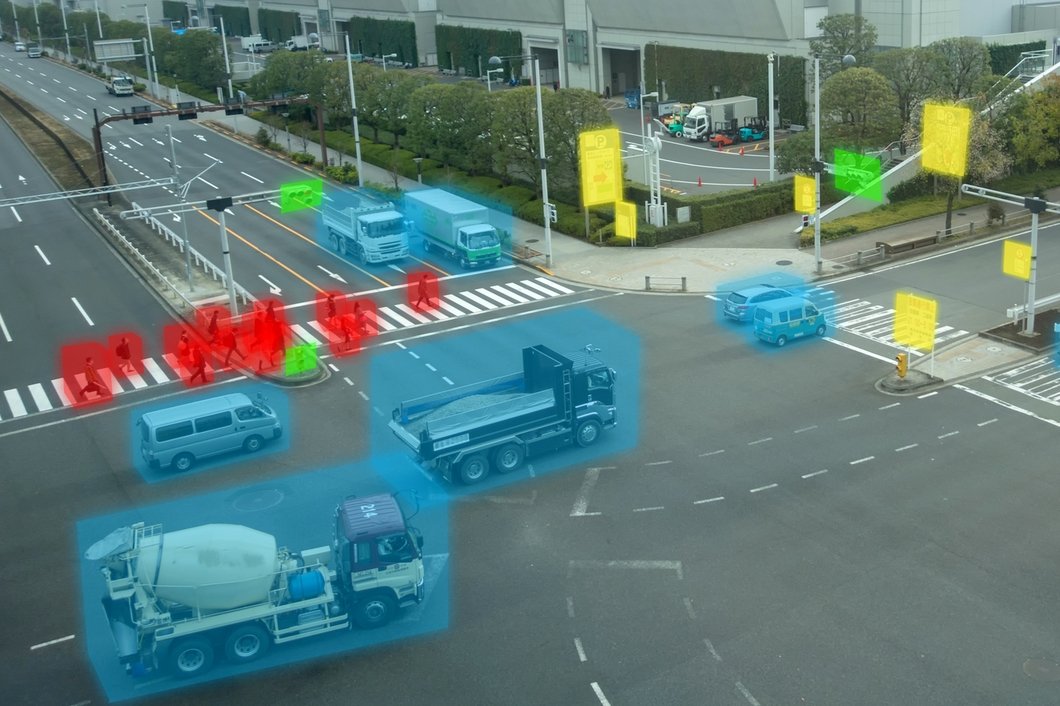Since the 1950s, a small subset of Artificial Intelligence (AI), often called Machine Learning (ML), has revolutionized several fields in the last few decades. Neural Networks form a subfield of Machine Learning, and it was this subfield that spawned Deep Learning.
Deep Learning is a class of ML developed largely from 2006 onward and has since been driving disruptions in almost every application domain. Learning is a procedure consisting of estimating the model parameters so that the learned model (algorithm) can perform a specific task.
For example, in Artificial Neural Networks (ANN), the parameters are the weight matrices. On the other hand, Deep Learning consists of multiple layers between the input and output layer, which allows for many stages of non-linear information processing units with hierarchical architectures for feature learning and pattern classification.
In the last ten years, forms of Deep Learning have gained traction as a valuable commodity for tech industries. Companies use high-performance Deep Learning technologies to develop Social Media detection algorithms (Meta/Facebook using Face Recognition) and perform tasks such as automated driving (Tesla) or auto-captioning of videos (YouTube), and to perform medical image analysis.
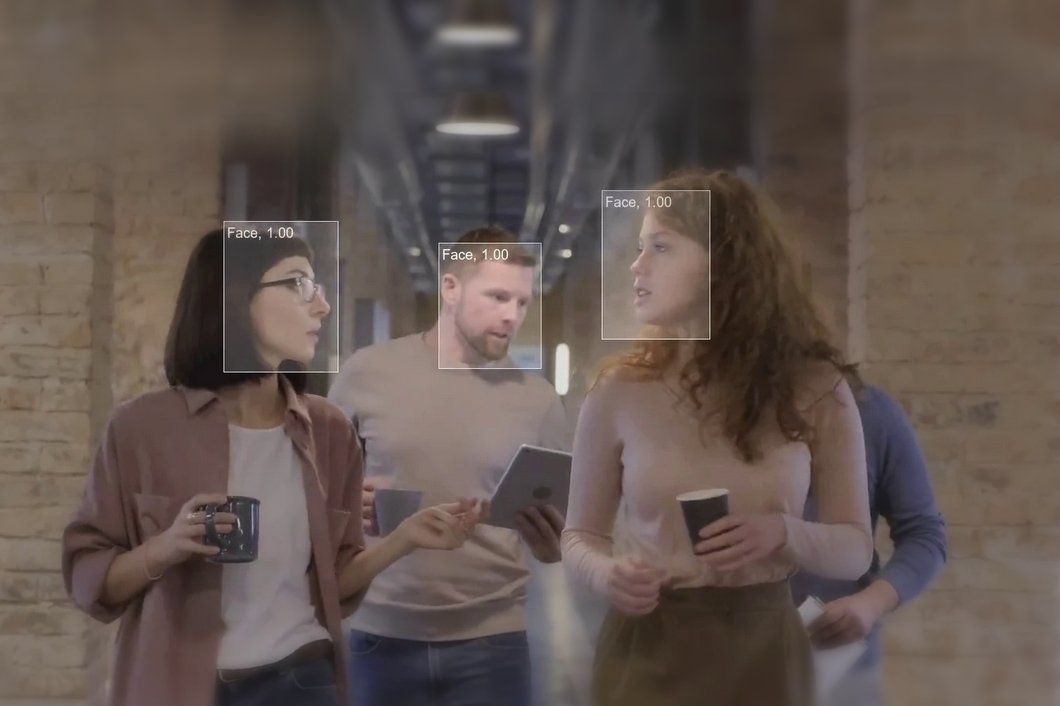
Deep Learning: Defined
Deep learning is a subset of machine learning that enables computers to learn from experience and understand the world in terms of a hierarchy of concepts. According to the dictionary, it is an artificial intelligence (AI) function that imitates the workings of the human brain in processing data and creating patterns for use in decision-making.
Hence, Deep learning is a sector of machine learning methods based on artificial neural networks with representation learning. Because the computer gathers knowledge from experience, there is no human needed to operate the computer and specify the knowledge needed by the computer. The hierarchy of concepts allows the computer to autonomously learn complicated concepts by building them out of simpler ones. Therefore, a graph of these hierarchies would be many layers deep (hence the name deep neural network).
In simple terms, Deep learning is a software technology used by programmers to teach computers to do what humans have been doing since the beginning of time: learning by example, or receiving, processing, and filtering complex information with all five senses to produce a final output. The models train off layered algorithms to achieve a specific goal.
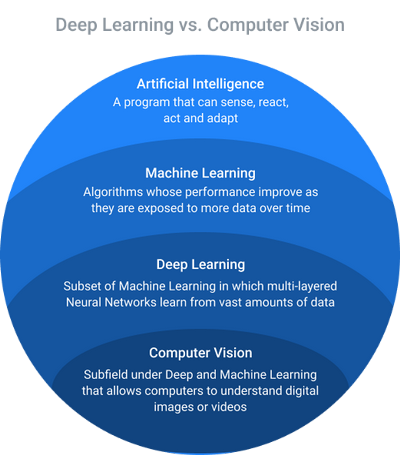
How Does Deep Learning Work?
Deep learning models rely on layers of artificial neural networks (rather than input data) to train from programmed instances of features or distinctions. These multilevel layers allow models to detect and train from their own mistakes. Within the hierarchy of programmed algorithms, each contains its concept for the model to search for, allowing it to validate its outputs (training vs. inferencing).
A machine learning model, on the other hand, would produce errors or low accuracy rates when the given structured data is not sufficient. However, deep learning models do produce wrong classifications when the algorithms do not specify the features enough.
Hence, deep learning requires the collection of relevant and high-quality training data. In addition, the collected data needs to be annotated to provide the ground truth for the model to learn. In computer vision, data annotation involves image annotation or labeling.
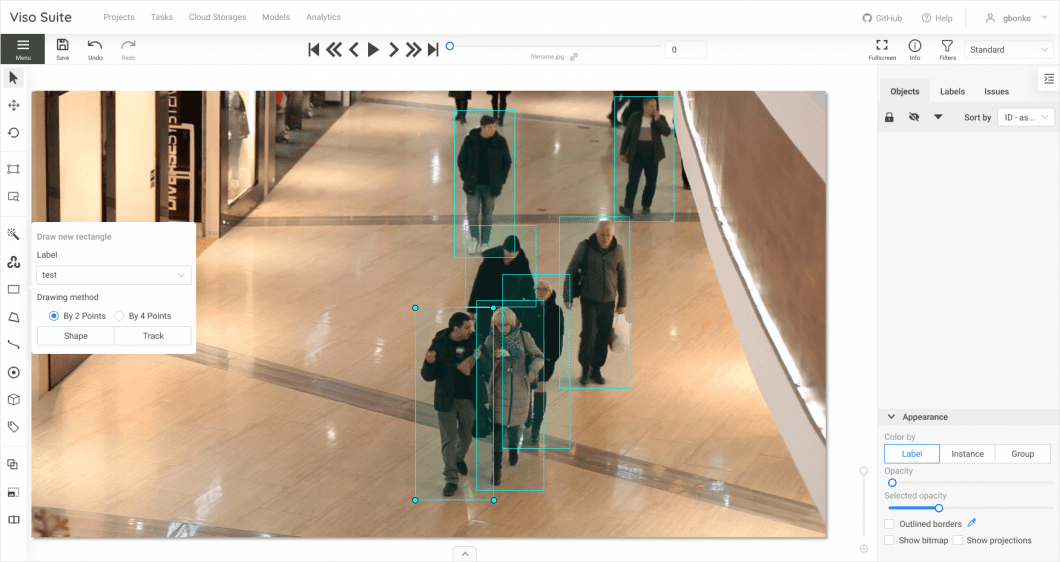
Why Is Deep Learning So Popular?
Deep learning, due to its ease of implementation and knack for efficiently solving problems, is becoming increasingly valuable to companies. Given its custom attributes, the algorithms behind it are worth a lot today. Creating an algorithm that can solve a distinct, new problem boosts the value of a product that incorporates it. Because of the uniqueness of novel algorithms, companies that create them often generate massive profits.
For example, Facebook had 0 deep or machine learning patents in 2010, while just six years later, in 2016, this number shot up to 55. Facebook, now named Meta, utilizes artificial intelligence learning for features such as its custom news source algorithms, which show users news stories and posts that pertain to their needs and views.
At present, Meta has released its deep learning Segment Anything Model (SAM). SAM uses foundation models and zero-shot inference capabilities to segment objects in images with no prior training.
A breakthrough in machine learning is worth 10 Microsofts. Bill Gates
This further exemplifies the desirability of artificial intelligence in tech companies today. As more businesses recognize the significance of the technology, their profits and value surge.
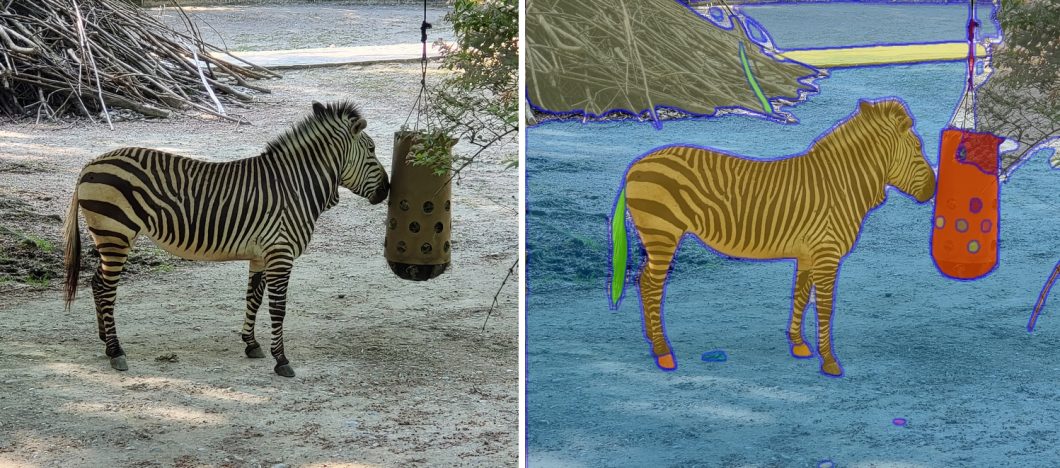
Applications of Deep Learning
Whether used for computer vision, natural language processing, or informatics; architectures including deep neural networks, deep belief networks, recurrent neural networks, convolutional neural networks, and transformers make up the subfield of deep learning.
Speech Recognition
Deep learning can be used in speech recognition to process and interpret audio data. Deep learning algorithms can automatically extract relevant features from audio signals and snippets, such as spectrograms or Mel-frequency cepstral coefficients (MFCCs). These capture essential frequency and temporal characteristics of speech. Through supervised learning on large, labeled data, deep neural networks map input features to corresponding text transcripts, allowing for audio transcription.
Additionally, deep learning has produced end-to-end speech recognition models, where the pipeline from raw audio input to text transcription is learned together within a single neural network architecture. This approach eliminates the need for manual feature engineering and simplifies the overall system. Thus, leading to more efficient and scalable speech recognition solutions.
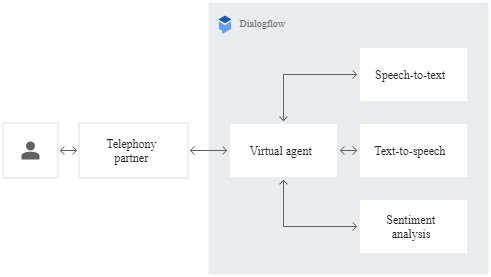
Self-Driving Cars
As self-driving car technology continues to develop, deep and machine learning algorithms play a central role in perception and decision-making capabilities. Alongside deep neural networks for image recognition, autonomous vehicles process sensor data from LiDAR, cameras, and radar to identify objects, lanes, and pedestrians. Convolutional neural networks (CNNs) are necessary for extracting features from raw sensor inputs. Thus, making accurate detection and recognition tasks possible.
Deep learning techniques also help self-driving cars make data-informed decisions in real-time scenarios. With recurrent neural networks (RNNs) and reinforcement learning, these vehicles analyze complex situations, anticipate future scenarios, and carry out actions like lane changes and route planning based on their environment and predefined objectives.
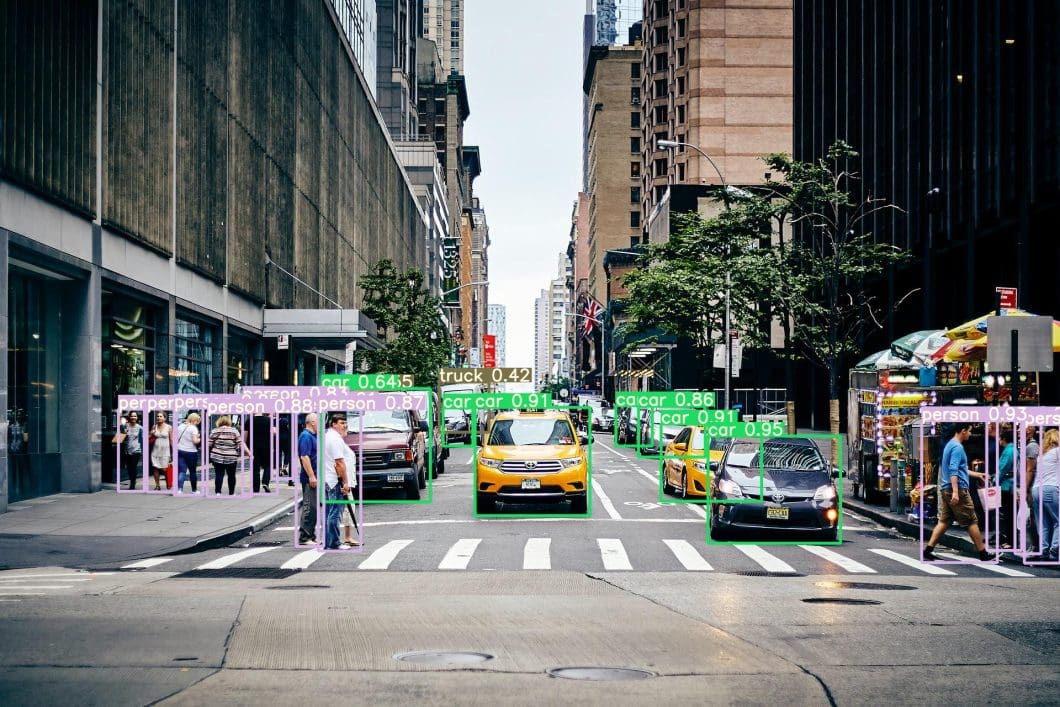
Climate Science
Climate science uses deep learning for analyzing, modeling, and predicting complex climate phenomena. These techniques are applied across various aspects of climate science, including weather forecasting, climate modeling, and environmental data analysis. DL algorithms are applied to satellite imagery, weather radar data, and climate model output analysis to extract patterns from large amounts of data.
DL models in climate modeling simulate and predict climate dynamics, such as temperature changes, precipitation, and extreme weather events. These models use generative adversarial networks (GANs) and long short-term memory (LSTM) networks to read spatial and temporal dependencies in climate data to create simulations of future climate scenarios.
Fraud Detection
Fraud detection leverages neural network architectures to prevent fraudulent activities across industries. Convolutional neural networks (CNNs) and recurrent neural networks (RNNs) analyze large volumes of transactional data, user behavior, and other features to detect anomalies and patterns typically associated with fraudulent behavior.
Unsupervised learning and anomaly detection use deep learning techniques like autoencoders and GANs to identify previously unseen or evolving patterns. These models can evolve, continuously learning from new data to improve detection accuracy and adapt to emerging trends.
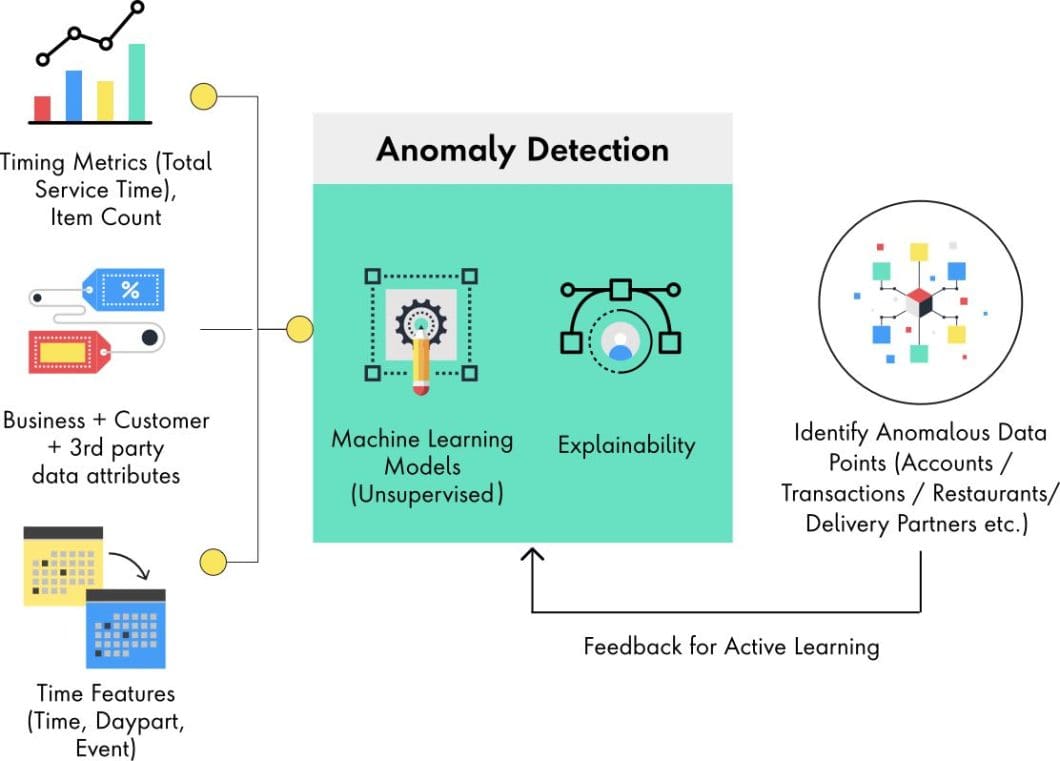
What’s Next?
Deep learning is in action all around us, from the personalized social media feeds to the cars we drive. It continues to fuel the innovation and expansion of tech companies. To learn more about the world of deep learning and computer vision, check out other articles on the viso.ai website:
- A guide about Edge Intelligence, the latest trend in AI technology
- Frequently asked questions about computer vision
- Learn why computer vision is difficult to implement.
- Read about how you can build and scale visual AI applications.
- Spatio-Temporal Action Recognition
- Spatial-Transformer Networks
- A comprehensive list of the best lightweight computer vision models
